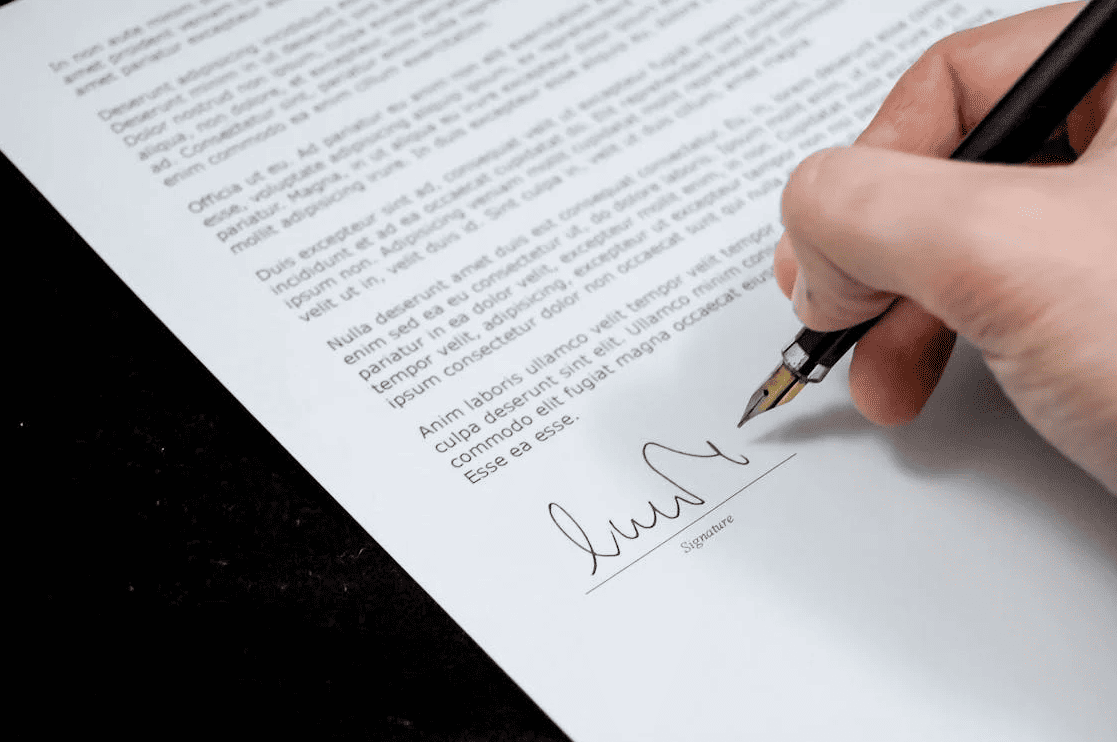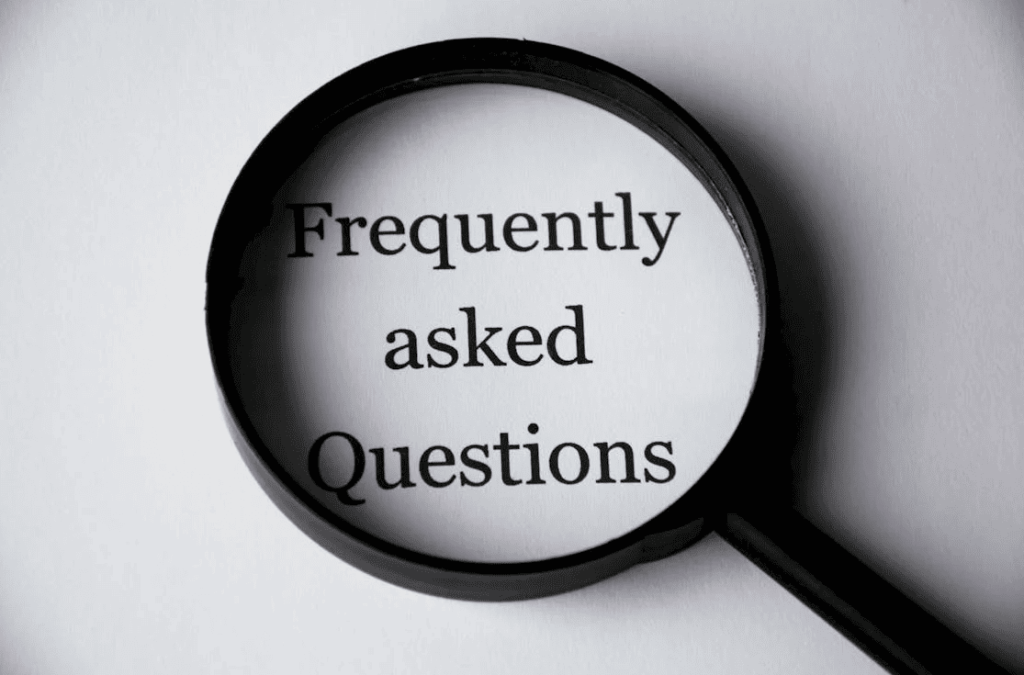Writing a successful motivational letter is important to get accepted at your desired place of work or academic institution. However, without practice, it can be a daunting task. This is especially true if the stakes are high for getting accepted. Therefore, we’ll show you the best way on how to write a successful letter of motivation.
You’ll see that it’s possible to showcase your best self in a way that’s genuine and to the point. We’ll share the best practices, mistakes to avoid, and how AI tools can help. Let’s get started!

Nov 15, 2024 • 9 min read
What Is a Letter of Motivation?
A letter of motivation is a personal statement used in applications for jobs, scholarships, or academic programs. It explains why you are applying, highlights your qualifications, and demonstrates your enthusiasm for the opportunity. You can summarize the highlights of your life in this letter.
Furthermore, the letter typically includes your relevant skills, experiences, and goals. This shows how they align with the position or program.
It also provides insight into your character and motivation, thereby helping the reviewer understand why you would be a good fit. Additionally, in a concise and persuasive manner, you’ll want to convey your passion, readiness to contribute, and commitment to success.
Below, we’ll cover more of what to include to ensure that your letter has a good writing flow.

Benefits of a Good Motivation Letter
Are you unsure of why you need to spend the extra time perfecting your motivation letter? Then we’ll share the top benefits that will help you figure out the point of optimizing its content. Keep reading for the top advantages of a top-tier motivation statement.
- Sets you apart: A well-written motivation letter differentiates you from other applicants by showcasing your unique skills, experiences, and passion. Also, it highlights why you’re the ideal candidate, thereby giving you an edge in competitive selections.
- Shows commitment: A good motivation letter reflects your commitment and dedication to the opportunity. It also demonstrates that you’ve researched the institution and are genuinely excited about contributing to its mission.
- Demonstrates communication skills: Writing in a clear and concise manner showcases your communication skills. It reflects your ability to articulate your thoughts professionally and persuasively. Also, strong writing helps convey confidence, professionalism, and the ability to effectively showcase your value.
- Builds a personal connection: A good motivation letter allows you to connect personally with the reviewer by sharing your motivations, values, and goals. It gives insight into your personality, thereby helping the reader understand who you are beyond your qualifications.
- Clarifies your goals: By explaining how the opportunity aligns with your long-term goals, a motivation letter helps clarify your professional or academic aspirations. It shows the reader that you have a clear direction and that their program or position plays a key role in your plans.

How To Write a Successful Letter of Motivation: 7 Best Practices
We’ll share the best practices for crafting your letter of motivation to help you start. This ensures that you successfully land the job you want or get accepted by the academic institution of your choice. You can avoid common writing mistakes with these best practices, so pay attention.
1. Research the Institution or Opportunity
Before writing your motivation letter, thoroughly research the organization or program to which you’re applying. Make sure to understand its values, mission, and goals. Also, tailor your letter to show how your skills and aspirations align with what they seek. This shows that you have made the effort to consider the requirements.
Additionally, mention specific aspects that have attracted you to apply. This might be projects or programs they offer, so demonstrate that you’re genuinely interested. Ultimately, this displays that you’ve done your homework and you’re not sending a generic application. It also helps to convey your enthusiasm and commitment to their specific cause or mission.
2. Start With a Strong Opening
The opening paragraph of the motivation letter should immediately grab the attention of the reader. Hence, clearly state the purpose of your letter. This might be applying for a specific job, program, or scholarship. Also, you’ll want to briefly introduce yourself, without going into too much depth at the start. You can look at motivation letter examples or motivation letter samples to get an idea of how it’s done.
Furthermore, a strong opening sets the tone for the rest of the letter and ensures the reader stays engaged. To that effect, use clear and direct language to express why you are interested in the opportunity. Overall, it’s a good idea to say more with less in a motivational letter.
3. Highlight Relevant Skills and Experiences
Focus on the skills and experiences that are directly relevant to the position or program. You’ll need to give concrete examples of your past achievements or involvement that demonstrate your qualifications. This should be part of any motivation letter template.
Furthermore, avoid simply listing your resume points. Instead, explain how these experiences have prepared you for the role or opportunity. Additionally, you’ll want to be specific and show how your background aligns with the goals and needs of the organization. This helps the reader see your potential contribution and fit, thereby making your case more compelling.

4. Maintain a Professional Tone and Structure
While your letter should express enthusiasm, it’s essential to maintain a professional tone throughout. Therefore, organize your cover letter into clear paragraphs, with each one focused on a specific point. Also, avoid overly casual language, jargon, or too much personal information. This is vital when learning how to write a cover letter.
Keep your writing concise and focused. Are you having trouble with this? Then consider using an AI Writer tool to help get your thoughts out in a constructive manner. You can also use a Grammar Checker to proofread your work for spelling and grammar mistakes. This ensures your motivational letters strike a professional tone.
5. Show Enthusiasm and Confidence
Express genuine enthusiasm for the opportunity and confidence in your abilities, without sounding arrogant. Let the reader feel your excitement about contributing to their team, institution, or project. You can look at a good motivation letter example to get an idea of how to achieve this tone.
Furthermore, confidence helps establish credibility and shows that you believe in your qualifications. Hence, by balancing enthusiasm and confidence, you’ll create a positive tone that leaves a lasting impression on the hiring manager or admission officer.
6. Align Your Goals With the Organization’s Mission
Make it clear that your personal and professional goals align with the mission and values of the institution. Also, explain how this opportunity will help you achieve your long-term aspirations and why you are committed to their cause.
Overall, demonstrating a shared vision not only strengthens your case but also shows that you’re not just looking for any opportunity. In fact, you’re passionate about this particular one. An effective motivation letter will have this level of focus to increase the odds of success.
7. Close With a Strong Conclusion
End your letter with a memorable conclusion. For example, reiterate your interest in the opportunity and summarize why you would be a great fit. Also, politely thank the reader for considering your application and express your readiness for the next steps. This might be an interview or another task.
Consequently, provide your contact information and let them know you’re available to discuss this opportunity further. A strong conclusion leaves a positive final impression and encourages the reader to take action on your application.

What To Avoid When Writing Motivation Letters
There are several key mistakes you can make when crafting your great motivation letter. This can undermine the hard work you did to qualify for the position. Therefore, try to avoid these mistakes for the best results:
- Being too generic: Avoid using vague or overly generic language. You’ll want to do a good job of tailoring your letter to the specific use case. That’s because generic statements fail to show your genuine interest or how you align with the organization’s goals. Hence, research and customize your letter.
- Rewriting your resume: A motivation letter shouldn’t just repeat your resume. Therefore, avoid listing experiences and achievements without context. Instead, focus on explaining how your experiences prepare you for this opportunity and why they’re relevant. Provide deeper insight into your background.
- Neglecting the structure: Poor structure makes your letter hard to follow. This includes the use of unorganized paragraphs or lack of flow. Hence, ensure your letter has a clear introduction, body, and conclusion. You’ll want each one to address specific aspects.
- Focusing too much on yourself: Avoid making the letter all about you without connecting it to the organization. While it’s important to share your background, also highlight how you can contribute to the program or company. Therefore, focus on their needs and how your skills and experiences will help them achieve their goals. You could cover the key points they mention in the job advertisement.
- No proofreading: Spelling or grammatical errors can leave a negative impression. Failing to proofread suggests a lack of attention to detail and professionalism. Hence, always thoroughly check your letter for mistakes. Also, you can consider having someone else review it. This ensures that your application comes across as polished and well-prepared.

Write an Engaging Motivation Letter With Smodin
The tips and strategies in this article will give you an edge over other applicants. Make sure to address the needs of the role and why you are a good match. Also, try to convey your enthusiasm and expertise for the position in a natural manner.
Now that you know how to write a successful letter of motivation, give it a try for yourself. You can try using AI tools if you’re stuck for ideas. These tools can help provide the right structure and clear up any grammar problems.
Are you unsure of what AI tools to use for your motivational letter? Then give the AI Writer at Smodin a try for best results. This tool will help you cut down on the writing time and deliver a final product that increases your odds of acceptance.
So what are you waiting for? Try Smodin right now to write the best motivation letter yet.

FAQs
What is the purpose of a motivation letter?
The purpose of a motivation letter is to explain why you are the ideal candidate for a specific opportunity. This might be a job, academic program, or scholarship. Additionally, it allows you to demonstrate your relevant skills, experiences, and enthusiasm for the role.
Unlike a resume, it offers a personal touch. This highlights your goals and alignment with the organization’s mission.
How can AI tools help in writing a motivation letter?
AI tools can assist in creating a well-structured and grammatically sound motivation letter. Furthermore, they can help generate ideas, improve language, and refine the tone and style. This will help improve the professionalism aspect of your cover letters.
AI can also check for errors, suggest improvements, and provide templates to streamline the process. However, it’s crucial to personalize the content. Otherwise, you’ll end up with a generic piece of content that will not get you the best results.
How long should a motivation letter be?
A motivation letter is typically one page long, or about 300-500 words. It should be concise but comprehensive. The idea is to cover key points such as your qualifications, motivation for applying, and how your skills align with the organization’s needs.
However, avoid making it too lengthy since it could lose the reader’s attention. You’ll want to focus on quality and relevance, thereby ensuring that each paragraph adds value.
What tone should I use in a motivation letter?
The tone in your motivation letter should be professional yet enthusiastic. Avoid being too casual, but don’t make it overly formal or stiff. This might take some practice, and looking at a motivational letter example will help.
Try to balance confidence with humility, thereby expressing your excitement for the opportunity while showing that you’re open to learning and growing.
Can I use the same motivation letter for multiple applications?
It’s not advisable to use the same motivation letter for multiple applications. That’s because you’ll need to tailor each letter to the specific organization or program you’re applying to. For example, mentioning specific details, such as the institution’s values or projects that interest you.
This shows that you’ve done your research and are genuinely invested. Also, a customized letter is far more effective than a generic one.


 AI
Plagiarism Checker
AI
Plagiarism Checker
 AI
Content Detection Remover
AI
Content Detection Remover
